Superbugs resistant to antibiotics cause more than 33,000 deaths in the EU each year, according to a new study. Scientists say the picture has become worse since 2007, with Italy and Greece by far the hardest hit.
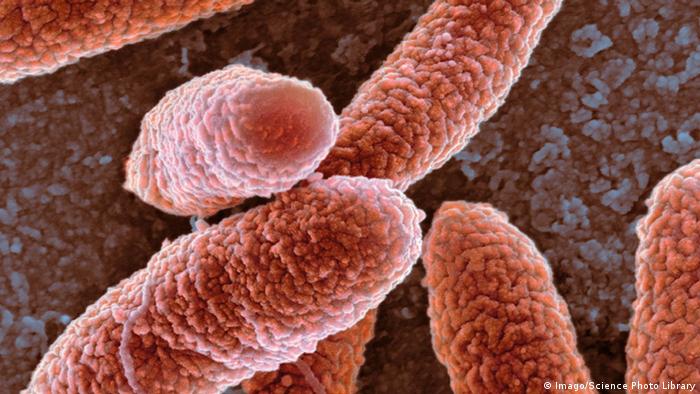
A study by the European Centre for Disease Prevention and Control (ECDC) estimates that around 33,000 people in the EU die each year after becoming infected with antibiotic-resistant bacteria.
The analysis, published in the journal Lancet Infectious Diseases, warned that the burden of these pathogens is similar to HIV, flu and tuberculosis combined.
“Infections due to antibiotic-resistant bacteria are threatening modern healthcare,” the researchers wrote. They tracked a significant increase in the toll from 2007, when there were around 25,000 deaths.
Infants and the elderly were most at risk, with three quarters of infections contracted in hospitals and health clinics. The researchers also recorded vast differences between European countries.
Read more:German scientists find antiobiotic-resistant germs in lakes
Differences across the EU
The ECDC study used data from 2015 and looked at five types of infections caused by antibiotic-resistant bacteria in the European Union and the European Economic Area.
Greece and Italy were by far the hardest hit, while infection rates were lower in northern European countries. In Germany, for example, there were just fewer than 55,000 drug-resistant pathogen infections and nearly 2,400 deaths.
Read more: Scientists return to roots to fight superbugs
Healthcare experts have long warned of the dangers posed by the rise of so-called “superbugs” — bacteria that are able to withstand even the most powerful antibiotics that are used as a last resort in cases where no other treatment options remain.
“When these are no longer effective, it is extremely difficult or, in many cases, impossible to treat infections,” the ECDC said in a statement cited by Reuters.
The study’s authors stressed that tackling this immense health challenge will require coordination at an EU and global level, as well as “prevention and control strategies that are tailored to the needs of each country.”
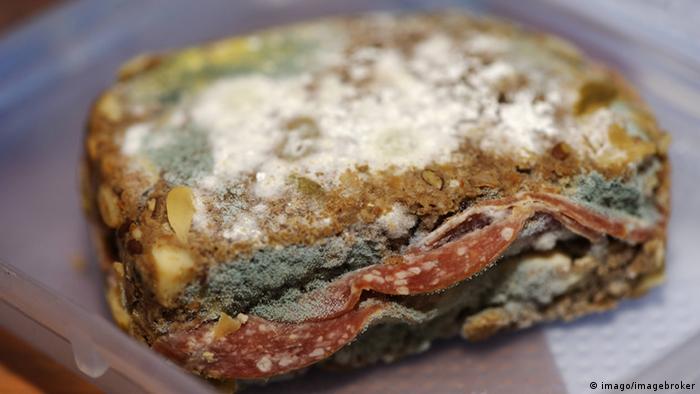
Ewww!
Just scrape the mold off, right? Wrong. A moldy old sandwich like this one is anything but harmless. While there are some harmless kinds of mold – like on Camembert cheese – many molds are toxic. Furthermore, mycelium spores can trigger allergies. Through contact with highly toxic types of mold, humans with weakened immune defenses could even die as a result of an extended exposure.
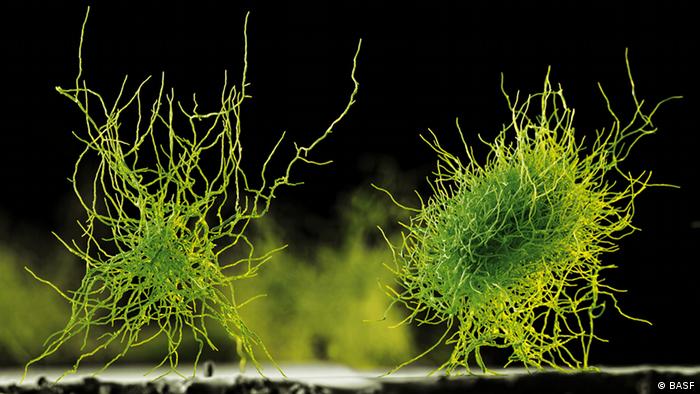
Mold as a biocatalyst
Mold can also be useful: Fungi is able to break down carbon hydrates, fats and proteins – more efficiently than any other organism. Industry makes use of a genetically modified Aspergillus niger fungus, which produces enzymes that can be used in food processing and production of detergents – like a living factory.
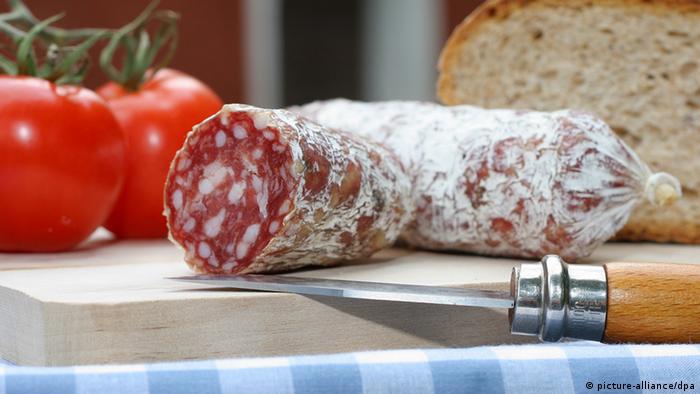
Salami tactics
“Botulus” is Latin for “sausage.” If mistakes are made in the production of sausage, or if meat or vegetables get contaminated during canning, this can cause botulism. The bacteria Clostridium botulinum causes this life-threatening poisoning.
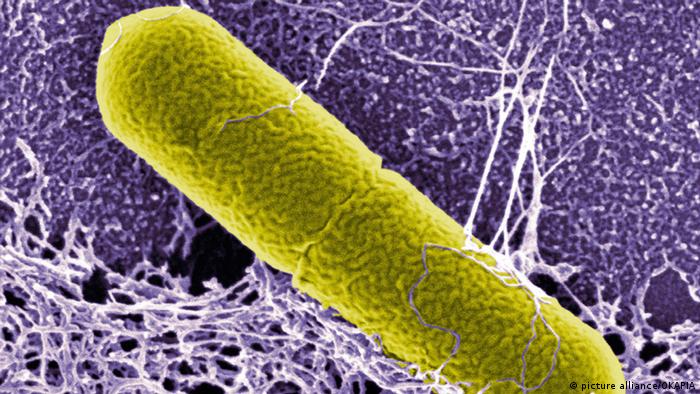
Life without oxygen
Clostridium botulinum thrives in anaerobic, or oxygen-free, environments. It produces the nerve agent botox – used among cosmetic surgeons to help smooth skin. But in food, it leads to paralysis. At first, certain body parts get paralyzed, resulting in symptoms like slurred speech. But later, also the muscles responsible for breathing and heartbeat freeze up – eventually resulting in death.
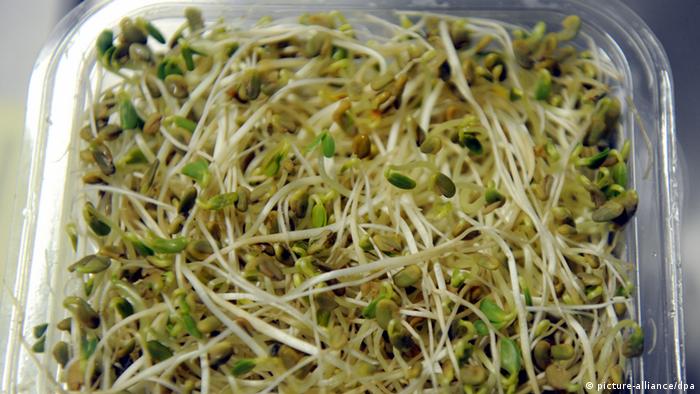
Fresh vegetables not always healthy
Fenugreek sprouts were a favorite among Germans trying to eat healthy – until 2011. That year, seeds contaminated with the bacteria Escherichia coli (EHEC) caused an outbreak that killed 53 people – hundreds more were sickened. EHEC produces a toxin that destroys intestinal wall cells, and later attacks brain and kidney cells. Cooking raw vegetables and meat kills the harmful bacteria.
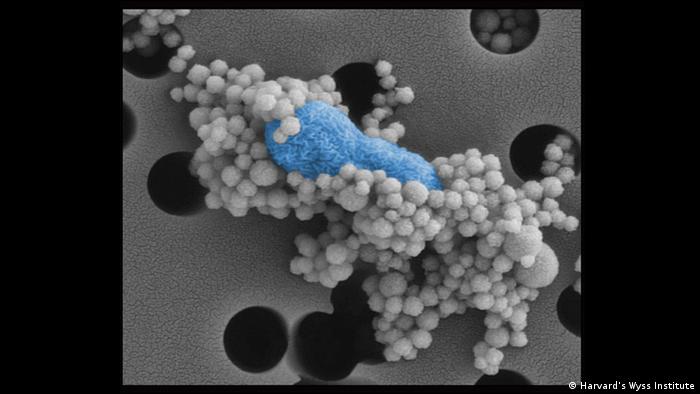
A useful relative
But not all varieties of E. coli are dangerous. Inside the human large intestine, the bacteria are usually responsible for producing vitamin K – important for the development of bones and cells, and for blood coagulation. In biotechnology, the bacteria play a role in producing insulin and growth hormones. They can even be used for turning microalgae into alcohol-based biofuel.

Bacteria preserves foods
Thousands of years ago, humans learned to use lactic acid bacteria – for the production of yoghurt, kefir, sourdough bread and cheese. Raw milk warmed to 20 degrees Celsius is heaven for bacteria: Within 10 hours, the milk will go sour. Milk fermented with the help of bacteria, however, can stay edible for much longer.
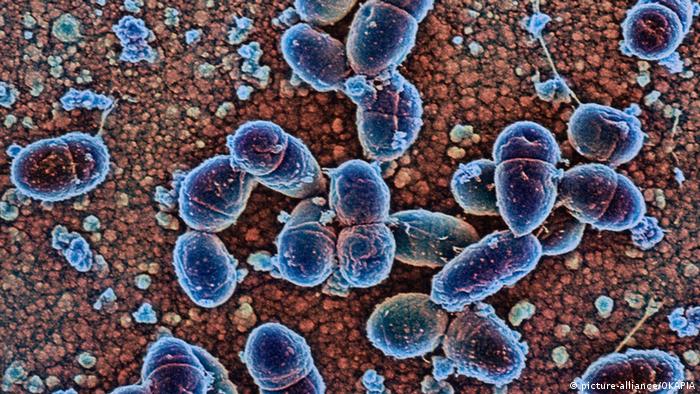
Too much of a good thing
One of the many varieties of lactic acid bacteria are streptococci, which play a role in producing sauerkraut and fermented milk products. Although streptococci are everywhere – on humans, animals and plants – some of them are unhealthy. Some strains of strep can trigger tooth decay or sepsis, commonly known as blood poisoning.
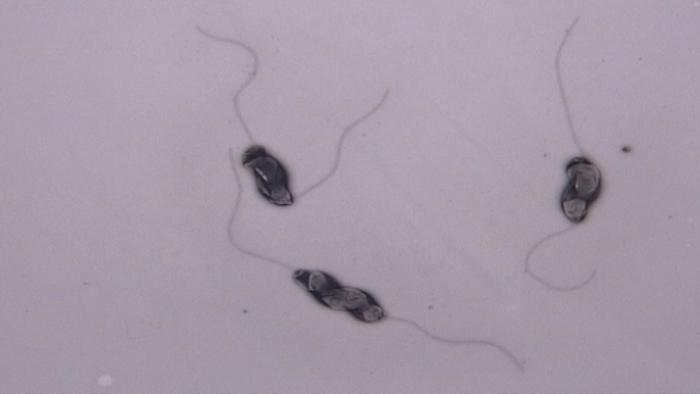
Dangerous diarrhea
Rod-shaped bacteria like Campylobacter and Salmonellae cause illness and death the world over. Undercooked beef, pork or chicken containing Campylobacter is a common cause of diarrhea wordwide. Typhus is the most dangerous form of salmonellae, triggering high fever, weak heartbeat and constipation. Every year, about 32 million people are sickened from typhus – mainly by drinking impure water.
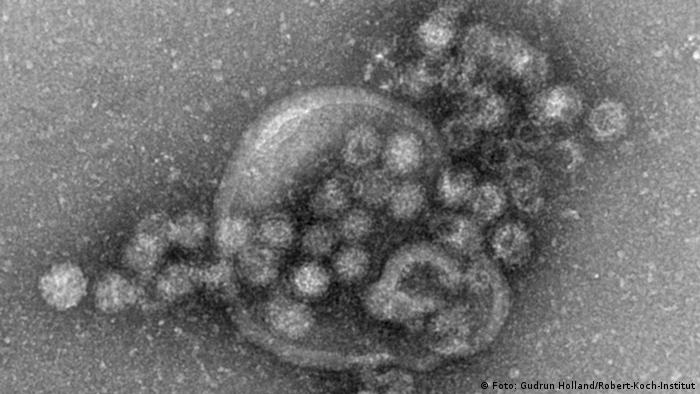
Also viruses can contaminate food
Norovirus or stomach flu is transmitted person-to-person through traces of vomit or feces. Just 100 tiny norovirus particles are enough to infect someone. The virus can easily pass into the food chain via infected drinking water.
[Disclaimer]







